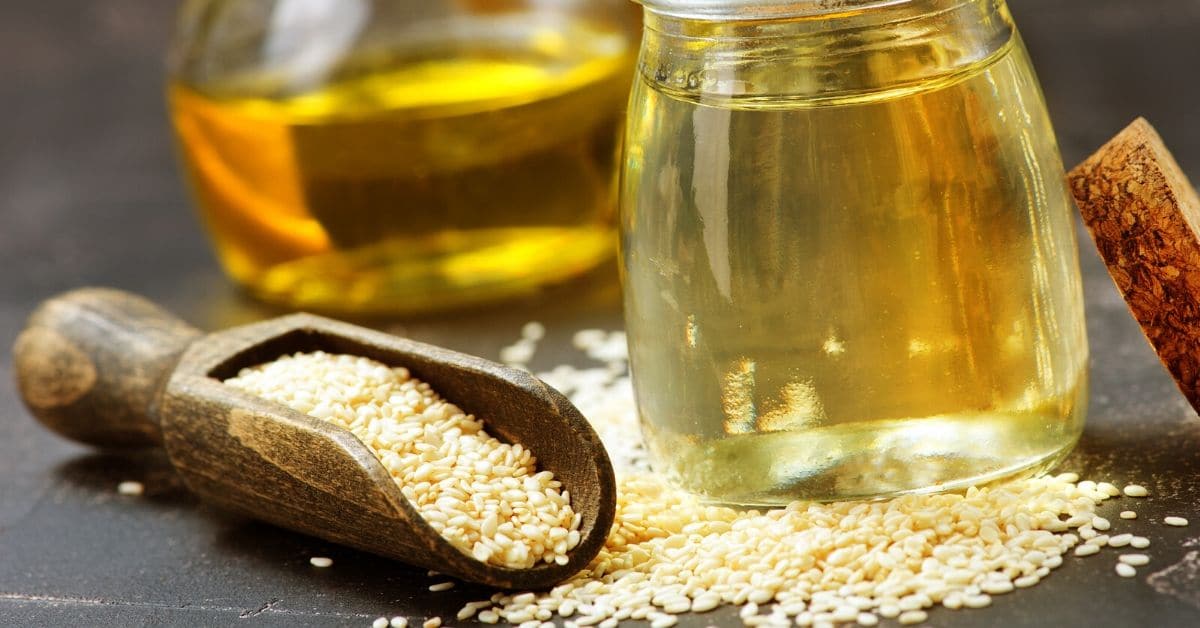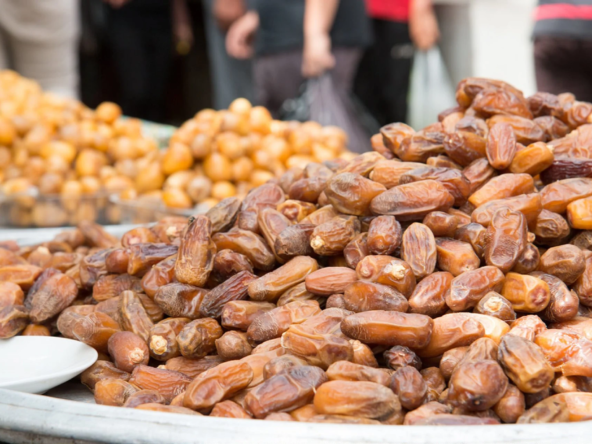In today’s world, sustainability is at the forefront of every industry, and the agro commodities sector is no exception. As consumers and businesses alike become more environmentally conscious, the demand for eco-friendly solutions in packaging has surged. Among the many products making their mark in sustainable packaging, sesame seeds are quickly gaining attention as a key player in promoting eco-friendly practices. From biodegradable packaging to innovative recyclable materials, sesame seeds are helping reshape the future of product distribution, and here’s how.
The Rise of Sustainable Packaging
The global shift towards sustainable packaging is driven by growing concerns about environmental degradation caused by traditional, non-recyclable materials like plastic. With the increasing awareness of plastic waste harming ecosystems, especially in oceans, many businesses are turning to more responsible packaging solutions. In the case of agro commodities, including sesame seeds, companies are adopting alternatives that prioritize both product safety and environmental impact.
Sesame Seeds and Eco-Friendly Packaging Solutions
As a high-demand, versatile crop, sesame seeds are not only celebrated for their culinary and health benefits, but also for their role in sustainable agriculture. Here’s how eco-friendly packaging innovations are being integrated into sesame seed distribution:
1. Biodegradable Packaging
One of the most exciting innovations is biodegradable packaging, which breaks down naturally over time without leaving harmful residues. Made from materials like cornstarch or plant-based plastics, biodegradable packaging helps reduce landfill waste and pollution. This is a perfect match for sesame seeds, whose small, delicate nature requires protective yet sustainable solutions.
2. Recyclable Materials
Sesame seed packaging has also evolved to incorporate recyclable materials. Packaging made from recycled paper, glass, or even plant-based plastics allows for easy reuse and reduces the overall demand for new resources. This is crucial in reducing carbon footprints and conserving natural resources. By choosing recyclable packaging, businesses ensure that the materials used for sesame seed distribution can be repurposed rather than contributing to environmental waste.
3. Minimalistic Designs
In addition to material innovation, there’s also a trend towards minimalistic packaging designs that reduce waste. By opting for smaller labels, simpler seals, and reduced packaging volume, businesses are helping cut down on unnecessary waste. These designs not only make sesame seed products look sleek and modern but also minimize their ecological footprint.
4. Plant-Based Plastics
Another forward-thinking innovation is the use of plant-based plastics for packaging. These plastics, often derived from renewable resources such as corn or sugarcane, are designed to degrade much faster than traditional petroleum-based plastics. This kind of packaging offers the durability needed to protect sesame seeds during transport, without compromising the environment.
5. Edible Packaging
In the most creative sustainability effort yet, edible packaging has begun to take center stage. Made from ingredients like seaweed or rice, edible packaging is designed to be consumed or dissolve, leaving behind no waste. Though still in the experimental phase for most products, this packaging trend has the potential to transform how sesame seeds and other agro commodities are shipped globally.

The Benefits of Eco-Friendly Packaging for Sesame Seeds
The shift to sustainable packaging not only benefits the environment but also offers numerous advantages for businesses and consumers:
- Brand Image: Businesses that adopt eco-friendly practices, such as using sustainable packaging for sesame seeds, can differentiate themselves as environmentally responsible brands. This not only appeals to eco-conscious consumers but also builds long-term brand loyalty.
- Cost-Effectiveness: In the long run, adopting sustainable packaging solutions can be cost-effective. As technology evolves, the production costs of biodegradable and recyclable materials are decreasing, making them a viable alternative to traditional plastic packaging.
- Consumer Demand: Consumers are becoming more selective about the brands they support. Sustainability is one of the key factors influencing purchasing decisions, especially in the health-conscious and eco-friendly markets. Sesame seed consumers are likely to choose products that align with their values of environmental stewardship.
The Future of Eco-Friendly Packaging in Agro Commodities
As the demand for environmentally friendly packaging continues to grow, more innovations are expected to emerge. The packaging trends in the sesame seed market are a reflection of a larger movement within the agro commodities sector to reduce environmental impact. Companies like Ajigofarms are playing a key role in promoting sustainability by incorporating these innovative packaging practices into their product offerings.
In conclusion, sesame seeds are not just a nutritious, versatile ingredient; they are becoming a symbol of sustainability in the agro commodities world. By embracing eco-friendly packaging innovations, the industry is making significant strides toward a cleaner, greener future. For businesses and consumers alike, the shift to sustainable packaging is not just a trend, but a necessity for preserving our planet for future generations.




